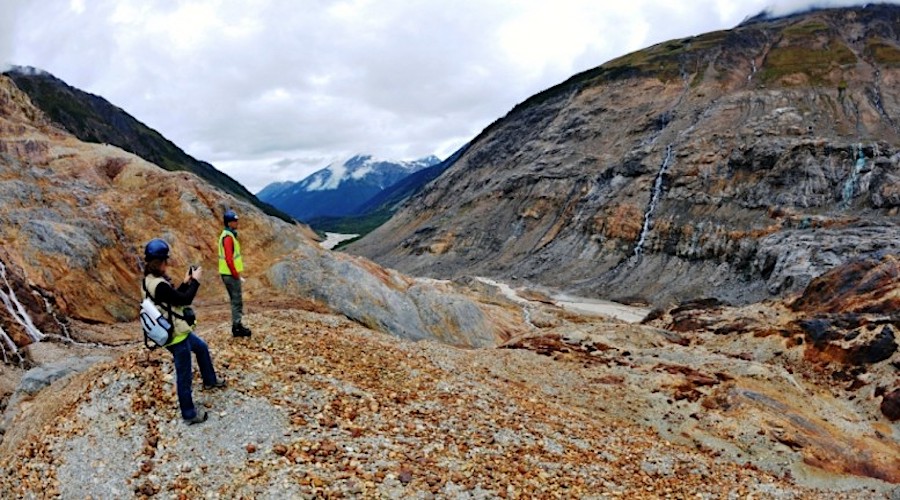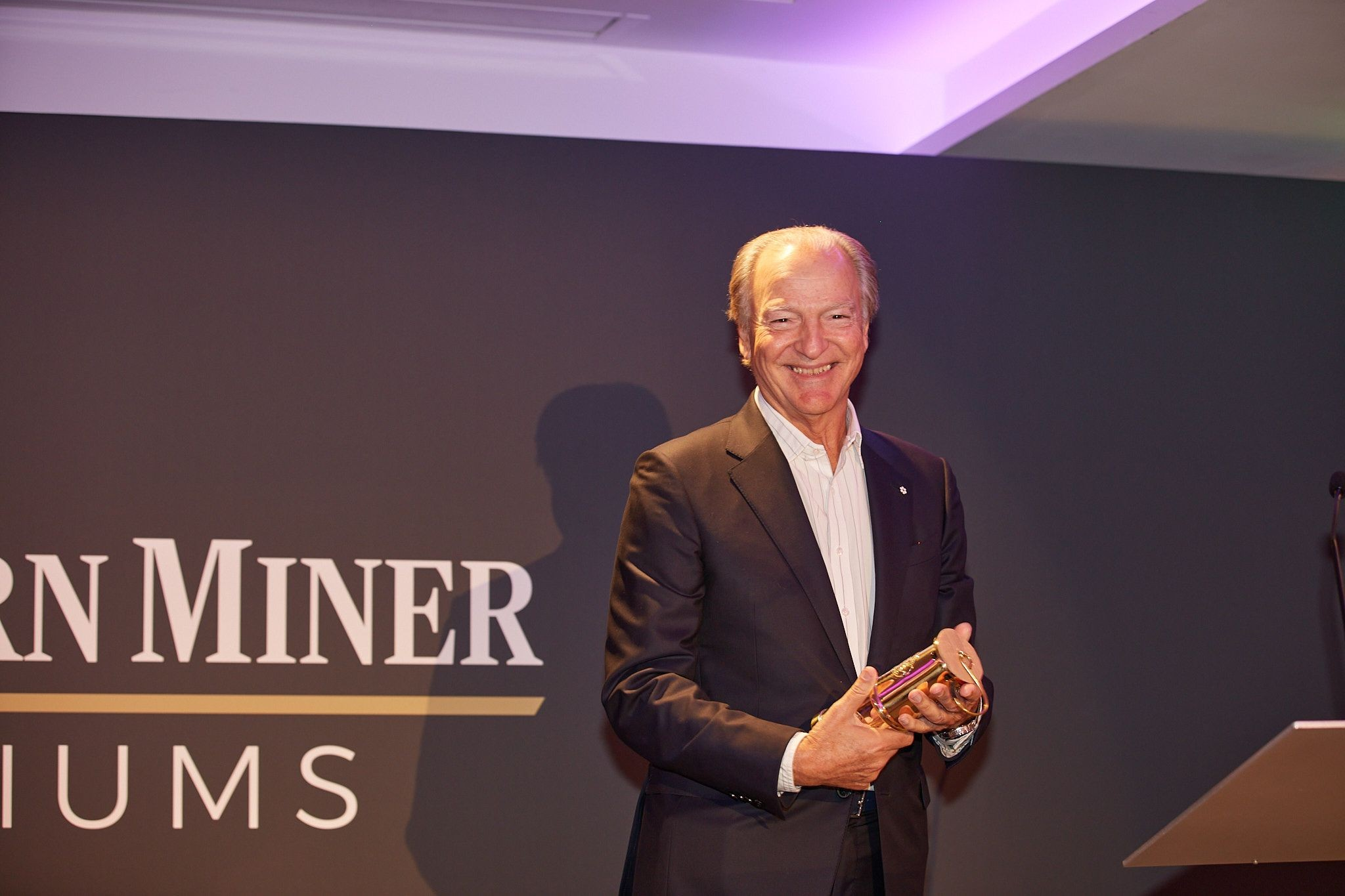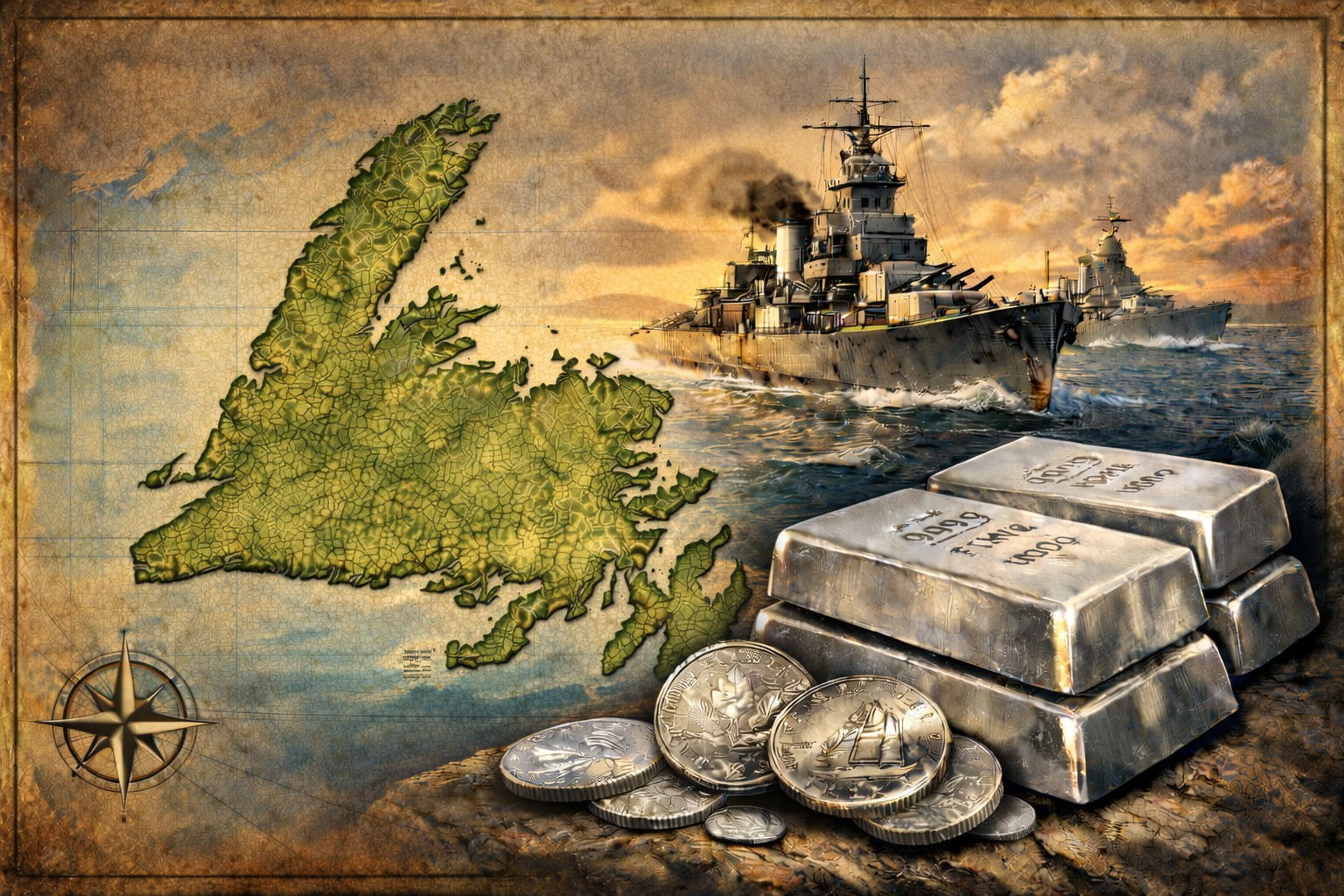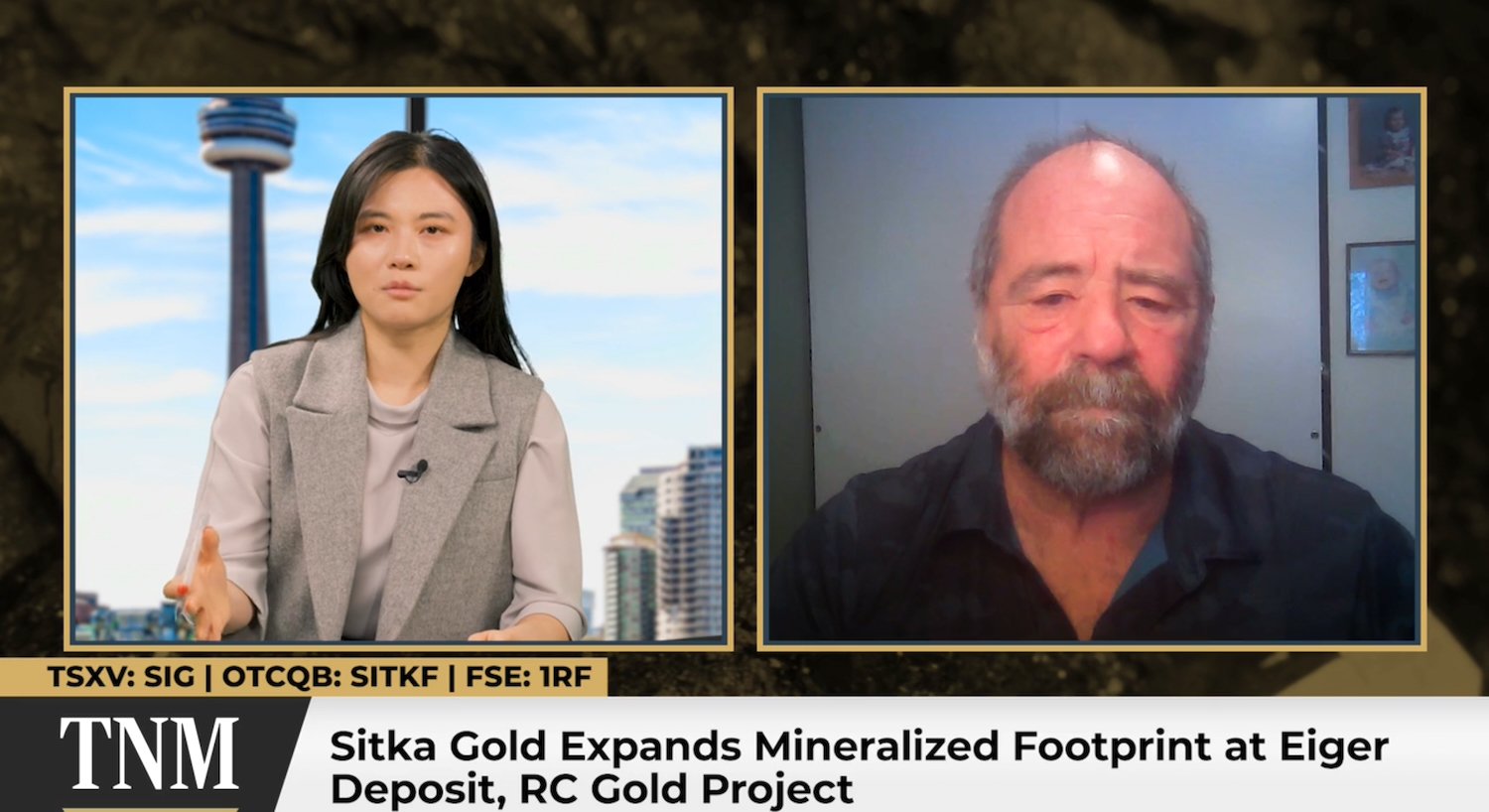The recently updated PFS, meanwhile, contains only an open pit plan with a 33-year mine life limited to the Mitchell, East Mitchell and Sulphurets deposits. None of the mineral resources incorporated into the PEA were used in the PFS mine plan.
Seabridge chairman and CEO Rudi Fronk noted, “KSM is really an entire district hosting a nest of potentially economic porphyry deposits with different characteristics. In our updated PFS we focused on the gold-rich deposits because of their faster payback and the relative simplicity of an open pit only operation. However, we are very mindful that a deep deficit in mined copper is projected to be on the horizon as the world electrifies and moves towards a net zero carbon future.
“We therefore wanted to highlight KSM’s potential to contribute to addressing this need more fully than the mine plan contained in our updated preliminary feasibility study. We think this opportunity will be attractive to a prospective partner.”
The PEA envisages an underground-focused mine plan starting with the development of an Iron Cap block cave mine supplemented with a small open pit at Kerr. Development of a Kerr block cave mine begins when Iron Cap development tapers off. The Kerr block cave mill feed starts six years after the start of Iron Cap mill feed. Feed to the mill ss ramped up to 170,000 t/d by year 12.
Over the entire 39-year mine life, mill feed will be delivered to a flotation concentration mill circuit. The flotation plant will produce a gold-copper-silver concentrate and separate molybdenum concentrate for transport by truck to a nearby seaport at Stewart, B.C.
In total, about 4.3 billion lb. of copper, 14.3 million oz. of gold, 68.2 million oz. of silver and 13.8 million lb. of molybdenum from 1.7 billion tonnes of ore will be produced. Under the base case scenario, the mine project has an estimated post-tax net present value (5% discount) of US$5.8 billion and an internal rate of return of 18.9%. Its total capital cost will be around US$14.25 billion, and the payback period is 6.2 years, based on US$18.5 billion of net cash flow generated.
Both the 2022 PEA and PFS use previously disclosed KSM resource estimates, totalling 5.4 billion tonnes grading 0.51 g/t gold, 0.16% copper, 2.4 g/t silver, and 63 ppm molybdenum in the measured and indicated category, plus 5.7 billion tonnes grading 0.36 g/t gold, 0.28% copper, 2.2 g/t silver, and 33 ppm molybdenum in the inferred category.
For more information, visit www.seabridgegold.net




